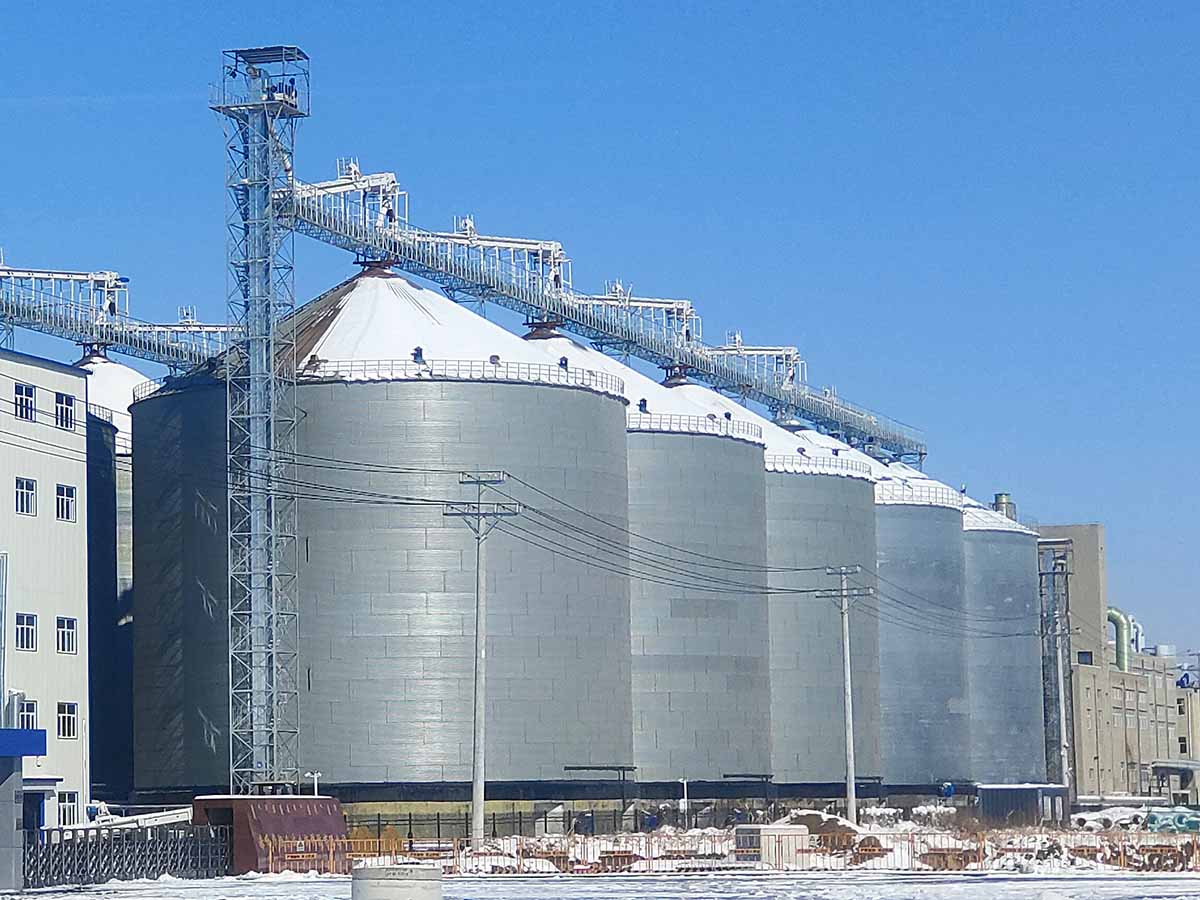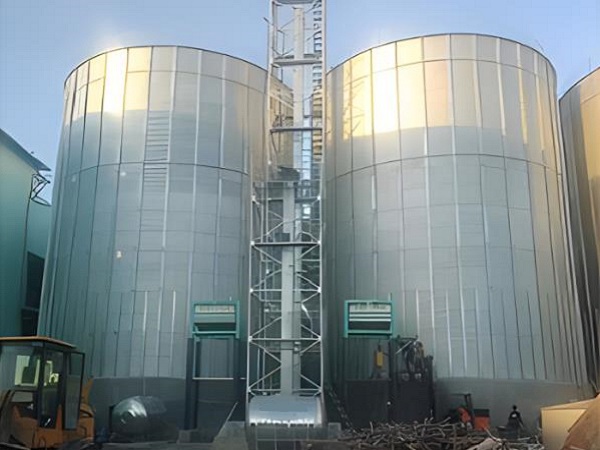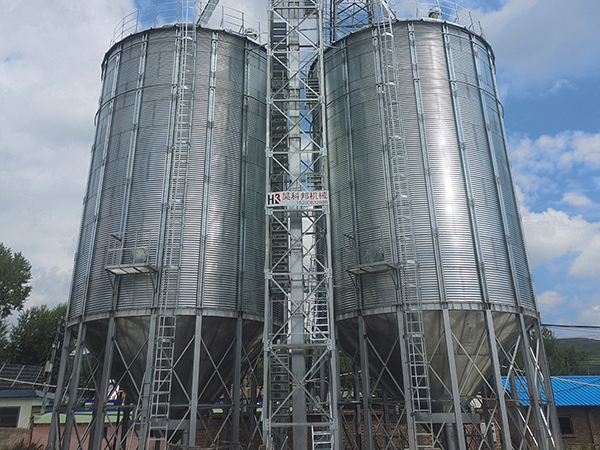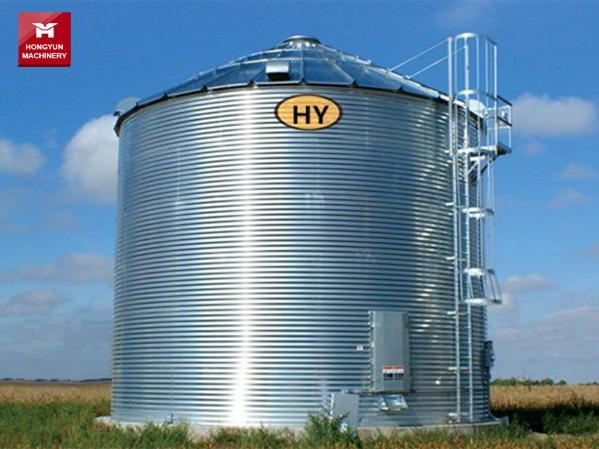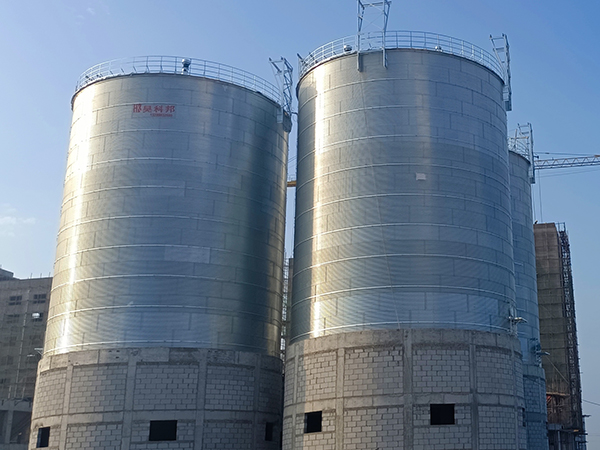Modernizing traditional granary: challenges and opportunities
Modernizing granaries involves technological upgrades for safety and efficiency, structural reinforcement for safety, and cultural preservation. Different materials like steel and concrete silos require specific renovation strategies to meet market and environmental demands.
- Barley grain bin company in Tanzania
- rice grain bin factory in Rwanda
- Paddy grain bin supplier in Guinea
- Wheat Cone-Bottom Silo Franchise in Thailand
- Wheat cone bottom silo procurement in Thailand
- Wholesale Wheat Cone-Bottom Silo in Malaysia
- Manufacturers of Wheat Cone-Bottom Silo in Malaysia
- Wheat Cone-Bottomed Silo Suppliers in Uganda
- Cone-Bottom Wheat Silo Sales in Uganda
- Wheat cone bottom silo price in Uganda
- Soybean meal grain bin sale in Guinea
- Corn grain bin price in Libya
The modernization journey of traditional granaries presents intertwined challenges and opportunities. It involves more than reforming traditional methods; it also includes accommodating modern demands. By deeply exploring the transformation of old granaries across various scales, materials, and purposes, we can gain clearer insights. This exploration helps us understand the challenges, opportunities, and future development trends in this process.
Drivers of Old Granary Transformation
The global increase in food demand and improvements in storage conditions are making the need for modernized granaries more urgent. Traditional granaries often face issues like insufficient storage capacity and outdated equipment.
Modernization is necessary to meet new market demands and environmental protection requirements.
The drive for modernizing granary also includes the pursuit of storage safety and efficiency. Traditional granary, due to their age or design flaws, pose safety hazards such as poor structural stability and ventilation, leading to grain loss and quality deterioration.
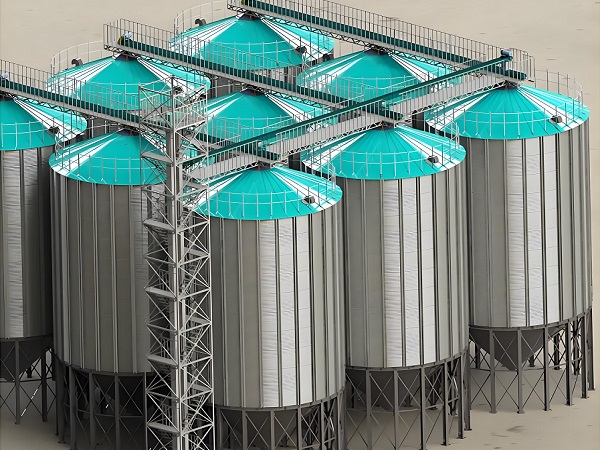
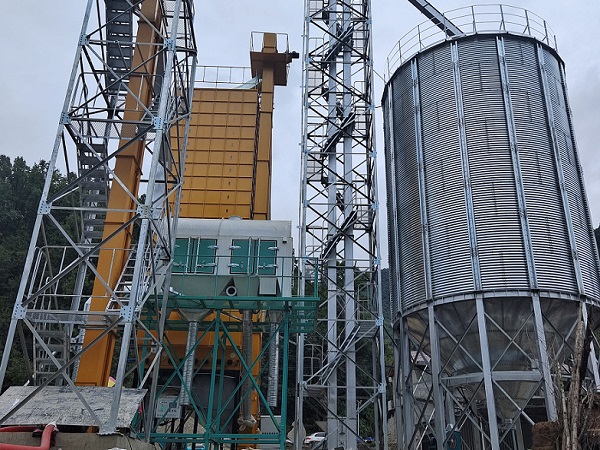
Key Factors: Technology, Structure, Culture
Whether it’s a 1000-ton, 5000-ton, or 10000-ton granary, its transformation process needs to consider structural reinforcement, equipment upgrades, and cultural preservation.
In terms of technology, modernization involves the introduction of high-tech solutions such as intelligent management systems, ventilation equipment, and temperature/humidity monitoring systems. Intelligent management systems enable real-time monitoring and remote control of granary environments, enhancing management efficiency. Advanced ventilation equipment maintains good airflow inside the granary, preventing grain from becoming damp and moldy, thus extending its storage life. Temperature/humidity monitoring systems timely detect changes in internal conditions, preventing grain from spoiling and maintaining its quality.
Regarding structure, reinforcement and renovation are crucial to ensuring granary safety and reliability. Aging and damaged granary require structural reinforcement to enhance their load-bearing capacity and seismic performance. Simultaneously, protective facilities need to be renovated, installing fireproofing, moisture-proofing, and other equipment to improve disaster resistance and safety.
Culturally, it’s important to respect and preserve the traditional architectural style and historical cultural value of granaries during renovation. We can use modern design techniques and materials while keeping the granary’s original architectural features. This approach allows for functional modernization and cultural preservation.
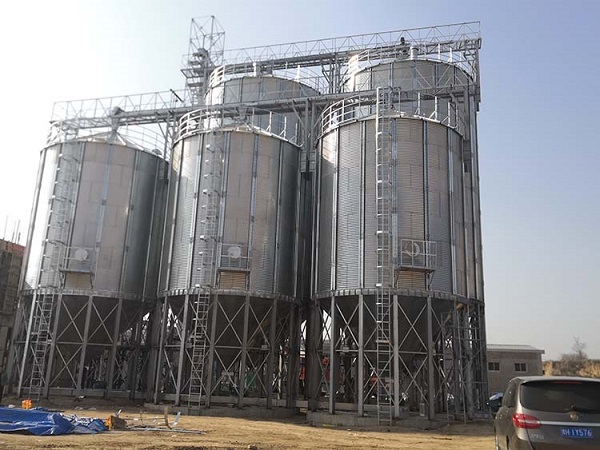
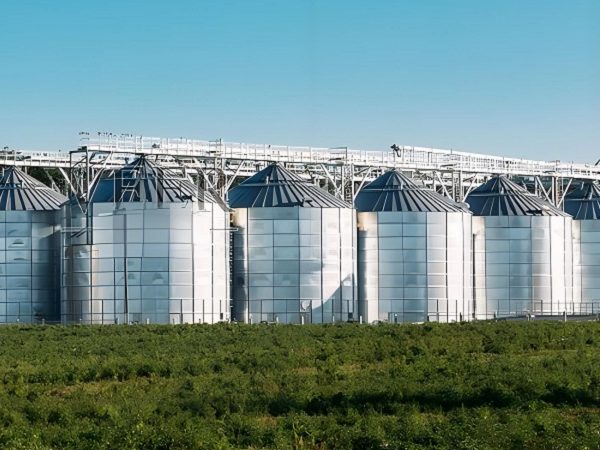
Transformation Paths for Different Materials
Whether it’s steel silos, concrete silos, or granary made of other materials, choosing suitable materials and adopting corresponding renovation plans are essential in the transformation process.
Steel silos, with advantages like sturdy structure and convenient construction, are suitable for large-scale grain storage. During renovation, corrosion protection and structural reinforcement can be carried out to improve their lifespan and safety.
Concrete silos, known for their durability and good sealing, are suitable for long-term storage and various needs. In the renovation process, new waterproof materials and sealing techniques can be employed to enhance the waterproofing and sealing performance of silos, ensuring the safe storage of grain.

